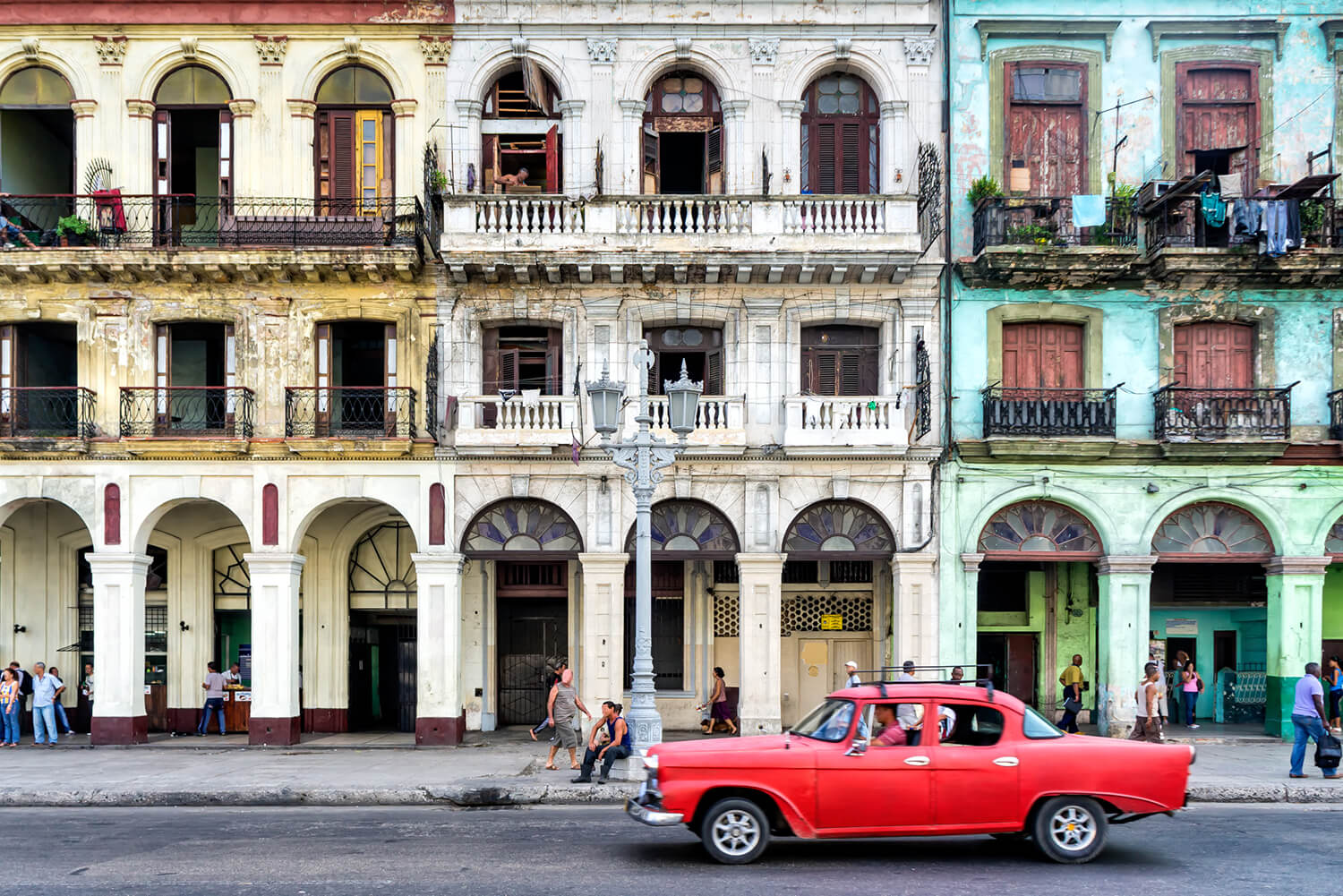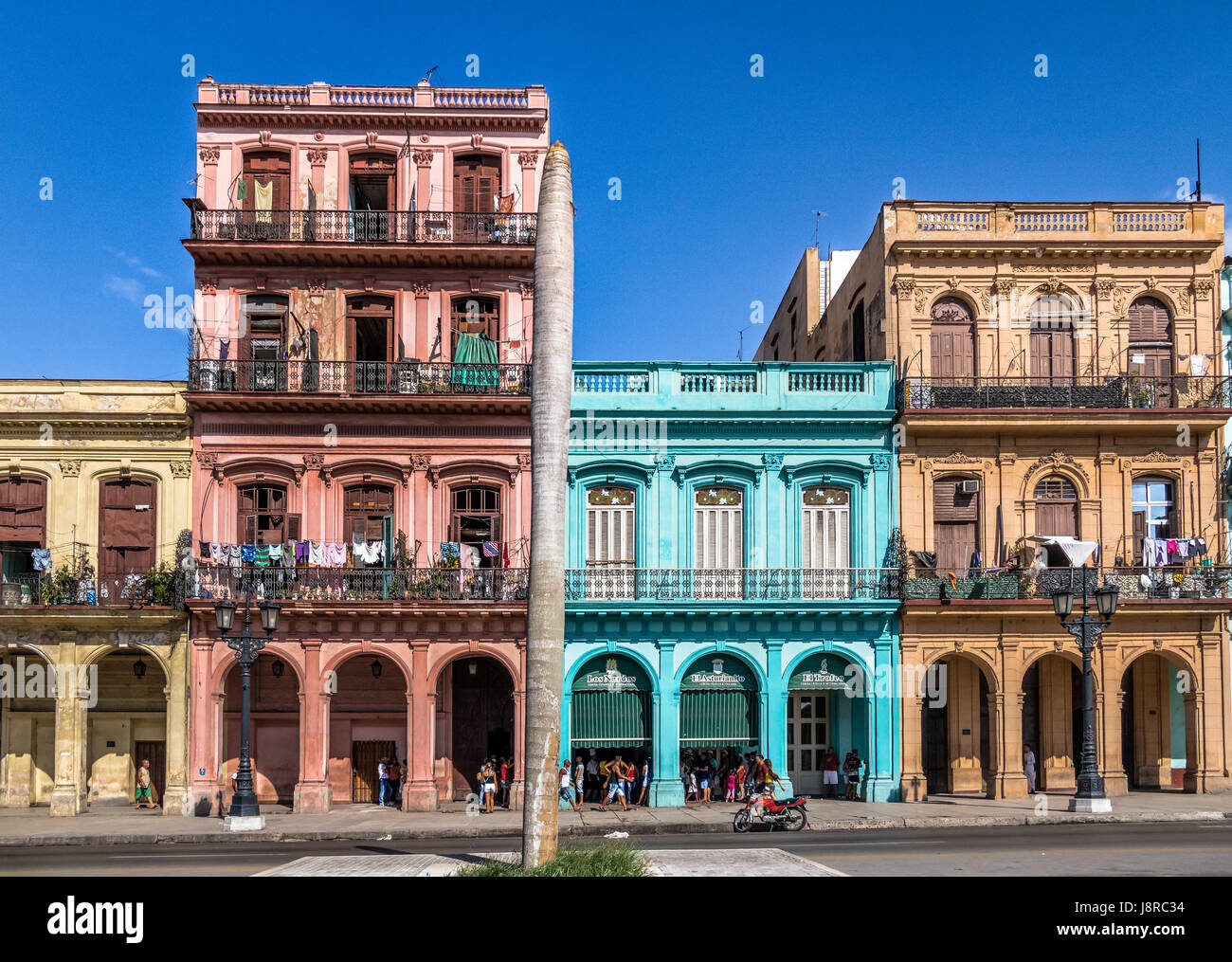

Old Havana is listed as a UNESCO World Heritage Site, and many of the buildings that fell into ruin after the colonial period are now being restored to their former status and appearance. Much of Havana Vieja was constructed during the Spanish colonial time period which is apparent in the city’s baroque and neoclassic architecture. At the time, travel between the Old World and the New World by sea meant that Spanish Galleons would be passing by the island of Cuba, and Havana quickly became one of the biggest shipbuilding centers of the time period. The negative implications that have come from the formation of Old Havana and the cost of maintaining the historical value of the district at the expense of local residents should therefore be considered when assigning World Heritage status to a site, place or building.Founded in 1519 under the name of Villa de San Cristobal de La Habana, Old Havana is the historical center of the Cuban capital of Havana. Next to this, the development of Old Havana knows a history of exploitation and has impacted a larger portion of the population in negative ways. However, the focus of maintaining its historic value stands in the way of the well-being of the residents of Old Havana. The restoration attempts of managing parties have earned the district its World Heritage status.

In order to fund this process, the parties managing the restoration process focus on transforming the district by commodifying tourist facilities and services. Old Havana is undergoing a restoration project which focusses on preserving the historic character of the district.

Spanish Colonialism and the Impact of Old Havana's Heritage statusĬheaz, Markus (TU Delft Architecture and the Built Environment TU Delft History & Complexity)Īrchitecture, Urbanism and Building Sciences


 0 kommentar(er)
0 kommentar(er)
